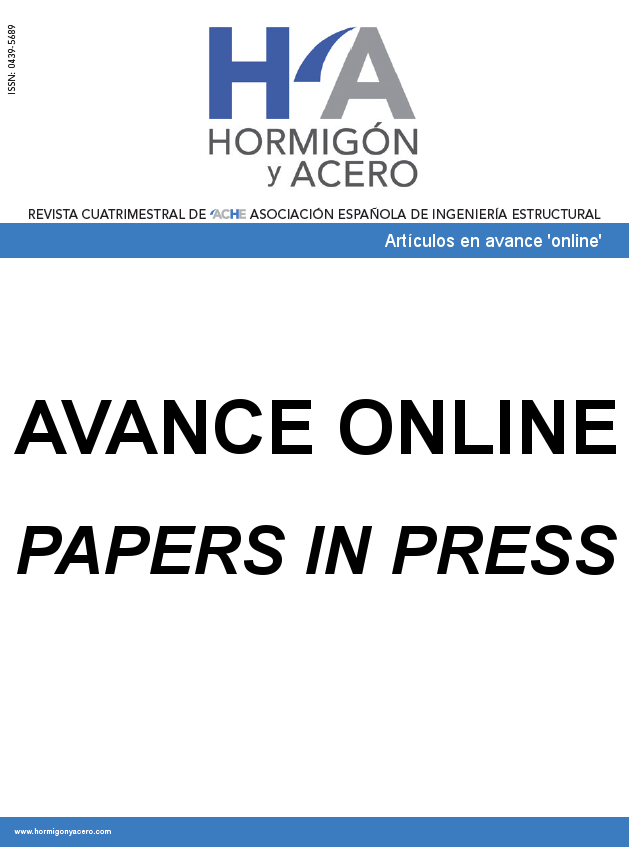Una visión retrospectiva y prospectiva sobre la enseñanza del diseño conceptual de estructuras
Resumen
El artículo comienza con reflexiones personales sobre el papel y las responsabilidades, a menudo subestimadas, de los diseñadores estructurales en el contexto de la sostenibilidad. La integración del marco de sostenibilidad en la industria de la construcción debe iniciarse en la fase de Diseño Conceptual, ya que las decisiones tempranas impactan profundamente la sostenibilidad de todo el proyecto. A continuación, se introducen criterios para desarrollar un concepto estructural sólido, destacando la necesidad de integrar diversas disciplinas. Mientras que en el pasado las preocupaciones se centraban principalmente en la seguridad y la economía, el enfoque actual en la sostenibilidad exige un enfoque más holístico y multidisciplinario. Los diseñadores estructurales deben equilibrar y priorizar criterios inherentemente contradictorios para desarrollar un concepto estructural óptimo.
Posteriormente, el artículo aborda los elementos esenciales de un Diseño Conceptual sólido: creatividad, experiencia y conocimiento. La educación desempeña un papel fundamental en el desarrollo de estas cualidades. Se rastrea el origen y la evolución del curso “Tipología Estructural”, introducido originalmente por Eduardo Torroja en el año académico 1953-54. Torroja fue un pionero en la enseñanza del Diseño Conceptual a nivel académico, integrando diversas áreas del conocimiento y la experiencia práctica en el diseño. Su curso visionario, que continúa impartiéndose con contenidos y metodologías actualizados, utiliza un enfoque de aprendizaje basado en proyectos para fomentar la creatividad y las habilidades prácticas de resolución de problemas. Esta metodología prepara a los estudiantes para abordar eficazmente los desafíos del diseño estructural en el marco de la sostenibilidad.

